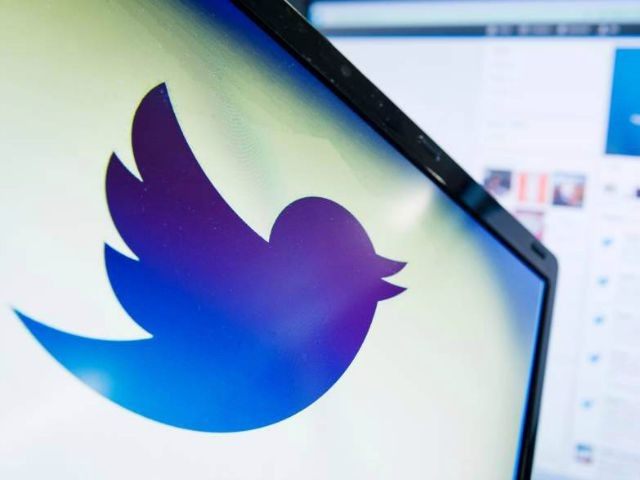A new study from the Pew Research Center shockingly reveals that the percentage of Americans logging on to Twitter each day has flatlined for the last two years. As company’s stock led tech shares down this week, analysts are beginning to question if Twitter can survive.
The Tech stock Fab Five — Netflix Inc., Facebook Inc., Amazon.com Inc., Google Inc., and Apple Inc. — lost $97 billion in market value on Thursday and Friday as the Nasdaq 100 Index lost 7 percent in its worst crash since 2008. But Twitter’s pain has been intense, with the stock down over -13 percent this week and down -63 percent in the last 20 months.
Two years ago, Twitter would have replaced Netflix as one of the “Fab Five.” The company went public at $26 a share on November 7, 2013, raising over $1.8 billion. The next day, the stock jumped to $41 a share. Twitter.com continued to scream up to $69 by the first day of trading in 2014, for a +165 percent in just seven weeks.
On the company’s road show in the weeks before the initial public offering, Twitter’s chief executive, Dick Costolo, told investors they should not be concerned about Twitter’s current lack of profits because the company is continuously investing in improving its platform, its ads, and growth. Costolo stated:
There’s nothing structural about Twitter that prevents us from having the kind of margin profiles of our peer group. We are investing for the long term. We think this is a long-term company—a company for which there is a fantastic use case for every person on the planet.
Despite Costolo’s glorious happy talk in November 2013, Twitter has since lost money in every quarter, and the percentage of American adults who log on to the social media site has been virtually frozen for the past two years at 23 percent, according to Pew Research Center.
In the last two years, social media has become the hottest platform for marketing firms looking to connect their advertising messages with females living in suburbia. But Twitter users are about 25 percent more likely to be male and 50 percent more likely to be urban than suburban.
Although Twitter’s users tend to have higher education attainment that marketers are looking for, they tend not to have the significantly higher income attainment that marketers crave to reach.
In a review last year for The Atlantic regarding Twitter’s business prospects, technology writers Adrienne Lafrance and Robinson Meyer wrote:
Twitter used to be a sort of surrogate newsroom/barroom where you could organize around ideas with people whose opinions you wanted to assess. Maybe you wouldn’t agree with everybody, but that was part of the fun. But at some point Twitter narratives started to look the same. The crowd became predictable, and not in a good way. Too much of Twitter was cruel and petty and fake.
Analysts have become even more negative on the stock this year. Trip Chowdhry, a managing director at Global Equities Research, told The Wall Street Journal last week, “The life cycle of a company like Twitter is very short.” He ominously added, “Twitter is on life support. You can’t fix it. You need a completely different soul.”

COMMENTS
Please let us know if you're having issues with commenting.